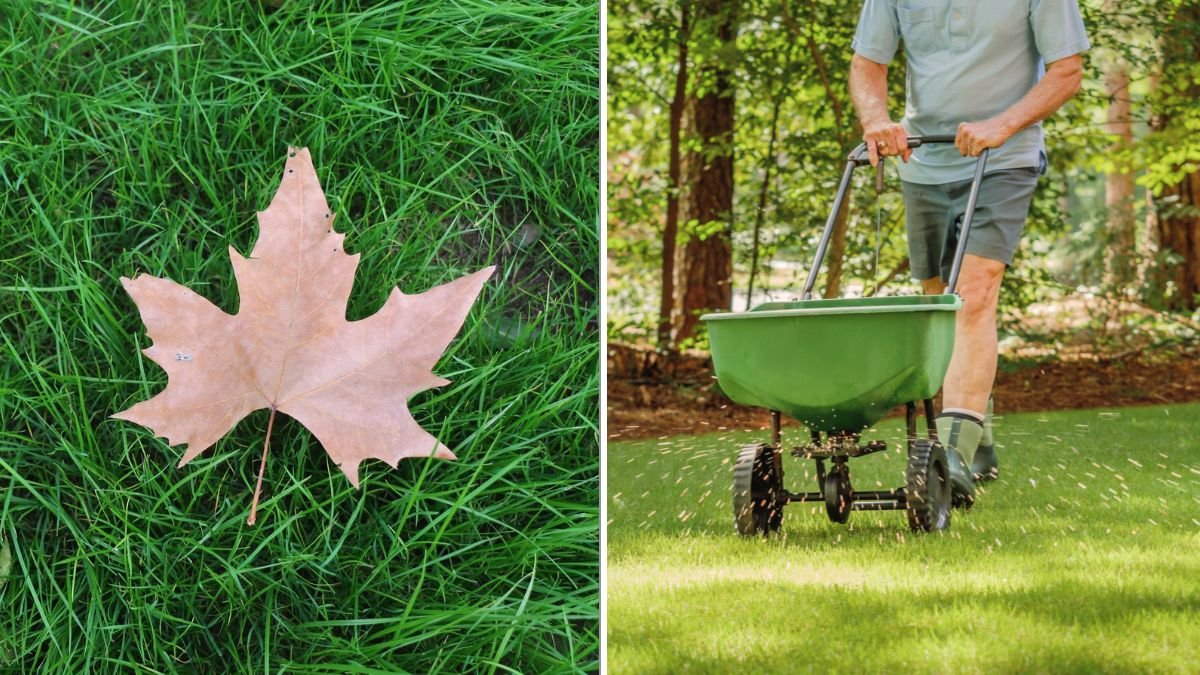As fall arrives and the summer heat fades, many homeowners start thinking about how to prepare their lawns for winter. Fall fertilization is one of the most beneficial things you can do for a healthy, vibrant yard come spring. However, there’s a fine line between perfect timing and being too late—and missing that window can do more harm than good.
Applying fertilizer at the wrong time in fall can waste money, stress your lawn, and even cause long-term damage to soil and grass roots. If you’ve ever wondered when to stop fertilizing—or why it matters—this guide explains why you shouldn’t fertilize your lawn too late in fall, and what to do instead for best results.
The Science Behind Fall Fertilization
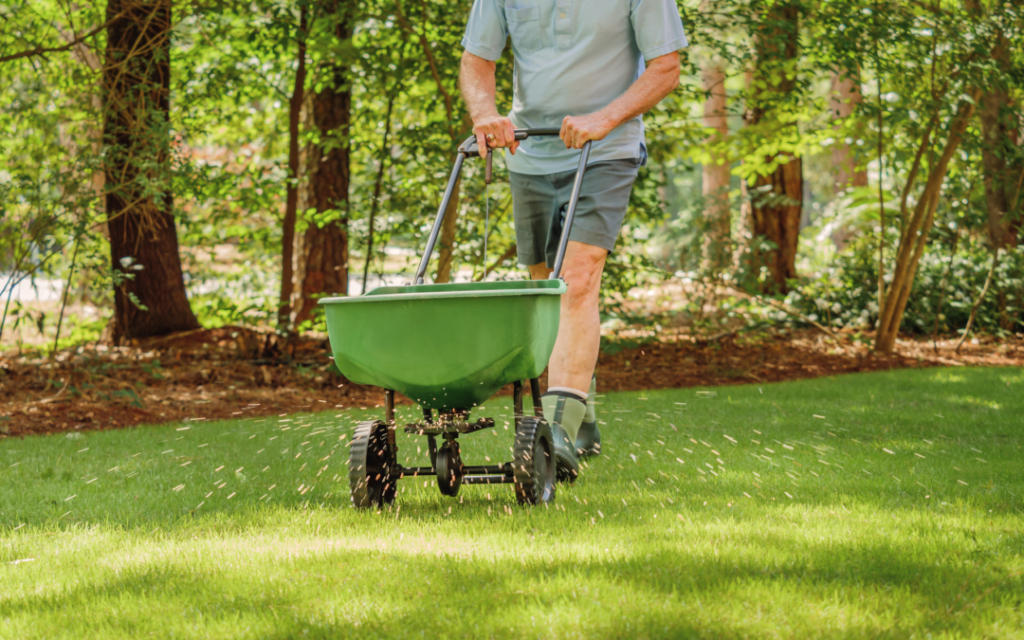
Fertilizing in fall is all about building strength below the surface. While grass blades slow their growth as temperatures cool, roots remain active well into late autumn. By feeding your lawn at the right time, you help it store energy and nutrients that will fuel early spring growth.
A well-timed fall feeding:
- Promotes deeper, stronger root systems
- Increases disease and drought resistance
- Encourages greener color earlier in spring
- Reduces weed growth next year
But all these benefits depend on one key factor—timing. Once soil temperatures drop too low, your lawn can’t absorb nutrients effectively, and fertilizing becomes useless or even harmful.
When Is It “Too Late” to Fertilize?
Most lawn experts agree that the best time to fertilize in fall is about 4–6 weeks before the first hard frost. That gives grass enough time to absorb nutrients and strengthen roots before going dormant.
If you apply fertilizer after the ground begins to freeze or when the grass has completely stopped growing, several problems can occur:
- The fertilizer sits on the surface instead of being absorbed.
- Nutrients can leach away during winter rains or snowmelt, polluting waterways.
- Nitrogen that isn’t taken up by grass may promote fungus growth or winter burn.
- It can trigger tender new growth that dies off quickly in cold weather, weakening the plant.
In most regions, that means the cutoff for fertilization falls between late October and mid-November, depending on your climate zone. The goal is to fertilize while roots are still active—but before dormancy begins.
Why Late Fertilization Does More Harm Than Good
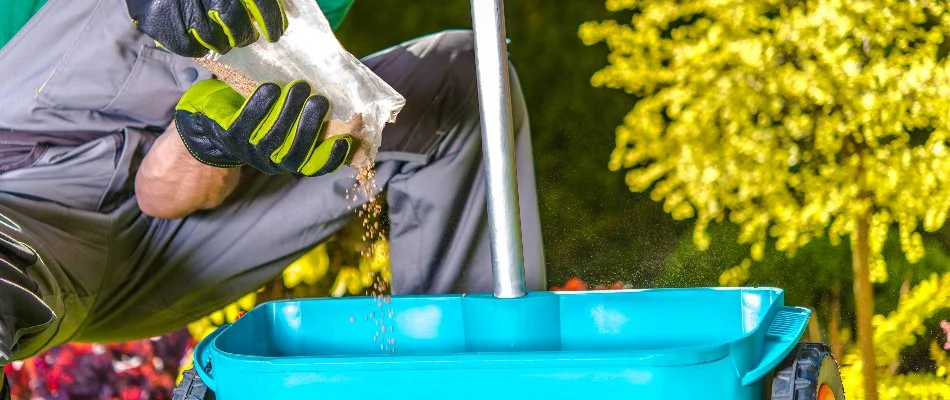
Let’s break down exactly what happens when you fertilize too late in the season.
1. It Encourages Growth at the Wrong Time
Grass enters dormancy to conserve energy during cold months. Applying nitrogen-rich fertilizer too late pushes it to produce new leaf blades when it should be focusing on root health. This fresh growth is tender and vulnerable—it will likely freeze, turn brown, and leave your lawn patchy.
2. Nutrients Go to Waste
When soil temperatures dip below about 50°F (10°C), microbial activity slows dramatically. That means your grass can no longer absorb or process nutrients efficiently. The fertilizer just sits on the soil’s surface or washes away in the next rainfall, wasting money and effort.
3. It Increases the Risk of Lawn Diseases
A late-season dose of nitrogen can make your lawn more susceptible to fungal infections like snow mold. This disease thrives on lush, late-fall growth that becomes trapped under snow and ice during winter, leading to matted, dead patches come spring.
4. It Contributes to Environmental Pollution
Excess fertilizer that isn’t absorbed before winter can run off into storm drains and waterways when snow melts. This contributes to nutrient pollution, leading to harmful algae blooms and damage to aquatic ecosystems. Responsible lawn care means feeding only when your lawn can actually use it.
5. It Disrupts the Natural Growth Cycle
Lawns, like all plants, follow seasonal rhythms. Late fertilization confuses these natural cycles by signaling to the grass that it’s time to grow instead of rest. Over time, this weakens turf resilience and can cause uneven growth patterns year after year.
How to Recognize When It’s Too Late
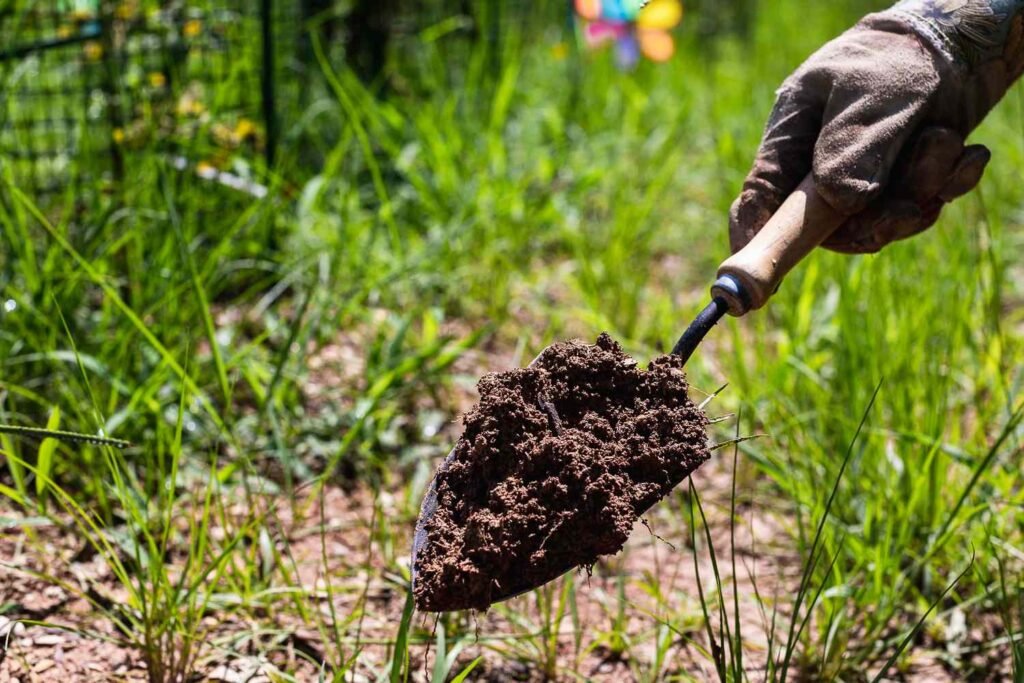
To decide whether it’s still safe to fertilize, look for these cues:
- Grass growth has stopped: If you haven’t had to mow your lawn in more than two weeks, it’s likely dormant.
- Soil is cold or hard: A soil thermometer reading below 50°F means roots are inactive.
- Consistent frost or snow: Once frost sets in regularly, your lawn has gone to sleep for the season.
If these conditions apply, it’s best to wait until spring rather than risk late-season damage.
The Right Fall Fertilization Schedule
To get fall fertilization right, think in terms of two key feedings:
- Early Fall Feeding (Late August to Early September):
This first round helps the lawn recover from summer stress, repairing heat and drought damage while encouraging new root growth. - Late Fall or “Winterizer” Feeding (Mid-October to Early November):
This is the crucial feeding—timed just before the lawn goes dormant. Use a slow-release, high-potassium fertilizer designed for fall. Potassium strengthens cell walls and improves winter hardiness.
The ideal formula will have less nitrogen and more potassium—something like 10-0-20 or 6-0-12—depending on your soil’s needs.
Smart Alternatives If You Missed the Window
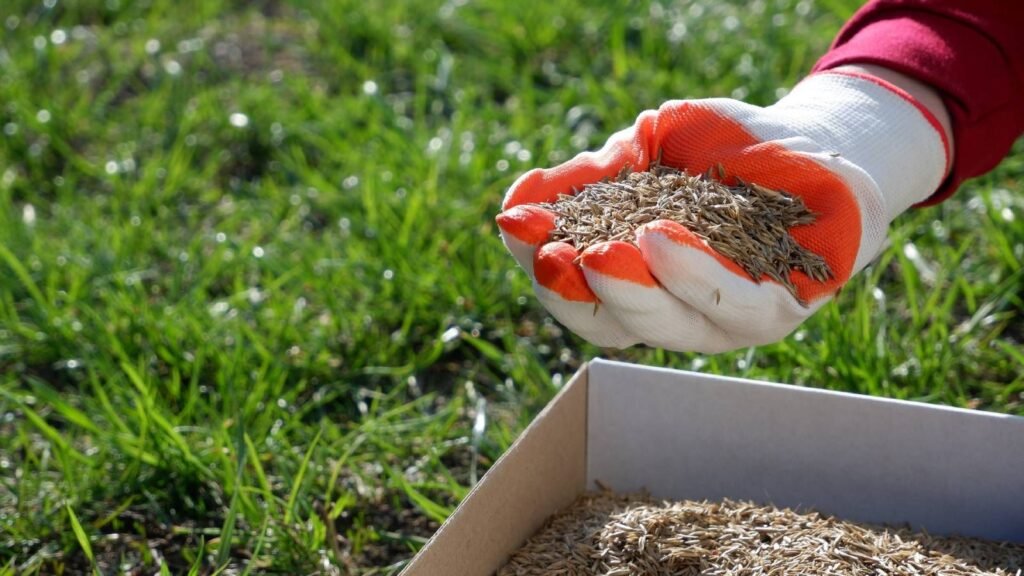
If you’ve missed the ideal fertilization period, don’t panic. There are still ways to support your lawn through winter and set it up for success in spring.
1. Topdress with Compost
A thin layer (¼ inch) of compost adds slow-release nutrients and organic matter without the risks of over-fertilizing. It also improves soil structure and encourages beneficial microbes.
2. Focus on Aeration and Overseeding
Even without fertilizer, fall aeration helps oxygen and water reach the roots. Follow with overseeding to fill bare patches. The new seeds will germinate now or lie dormant and sprout in early spring.
3. Maintain Proper Mowing Height
Keep your grass about 2.5 to 3 inches tall before winter sets in. Shorter grass is vulnerable to frost, while overly long blades can mat down and cause mold.
4. Plan Ahead for Spring
Mark your calendar for an early spring fertilization—usually around the time your lawn begins active growth again. That’s the time to restore nutrients lost during winter.
Common Fertilization Mistakes to Avoid Year-Round
Late fall fertilization isn’t the only pitfall. Many homeowners unknowingly harm their lawns with these common mistakes:
- Using too much fertilizer: More isn’t better. Excess nitrogen burns roots and harms soil life.
- Applying unevenly: Always use a spreader to ensure consistent coverage.
- Skipping watering: Fertilizer needs moisture to activate—lightly water after applying unless rain is expected.
- Ignoring soil pH: If your soil is too acidic or alkaline, nutrients won’t be absorbed effectively. Test your soil every 1–2 years.
Learning proper timing and technique ensures your lawn gets what it needs—no more, no less.
Environmentally Friendly Fertilizing Tips
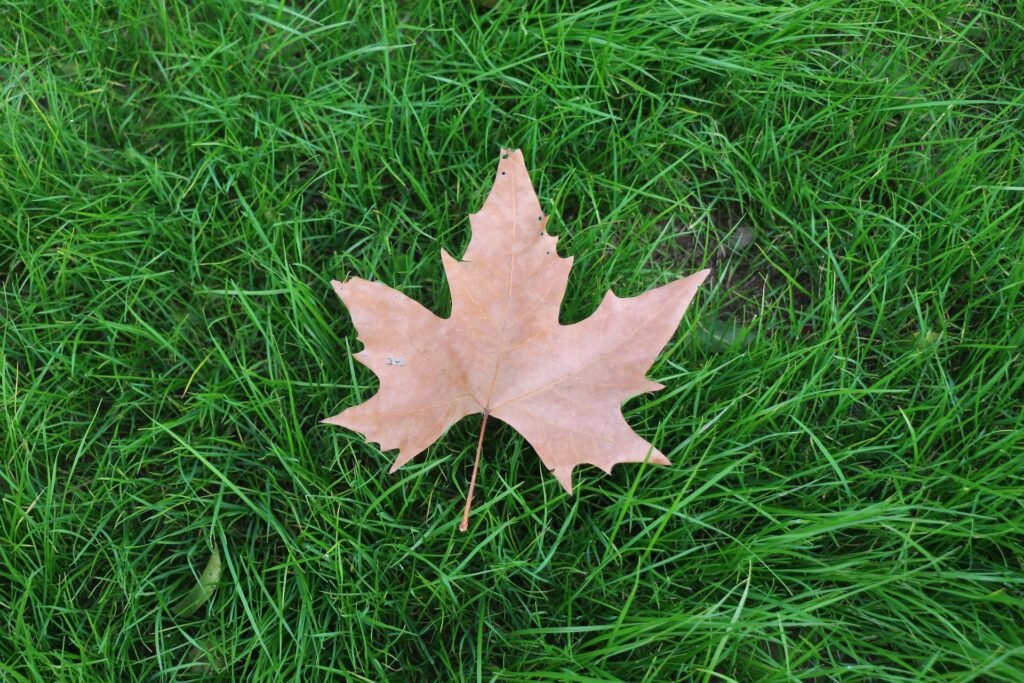
- Choose slow-release or organic fertilizers that minimize runoff.
- Avoid fertilizing before heavy rain is forecast.
- Keep fertilizer at least 5 feet away from sidewalks, driveways, or storm drains.
- Sweep any granules off hard surfaces to prevent them from washing away.
Sustainable lawn care benefits both your yard and your local ecosystem.
Final Thoughts: Timing Is Everything
Fertilizing your lawn in fall is essential for strong roots, deep color, and early spring growth—but only when done at the right time. Once the weather turns too cold, those same nutrients become useless or even harmful.
Remember: fall fertilization is about preparation, not growth. It’s your lawn’s last meal before winter rest, meant to fortify—not stimulate—it. Apply fertilizer when the grass is still active, and you’ll see the payoff in lush, green turf come spring.
If you’ve missed the window this year, focus on soil health and organic maintenance until spring returns. A well-timed, balanced approach will always give you better long-term results than trying to squeeze in one last feeding too late.
Feed your lawn smart—not just often—and it will reward you year after year.
